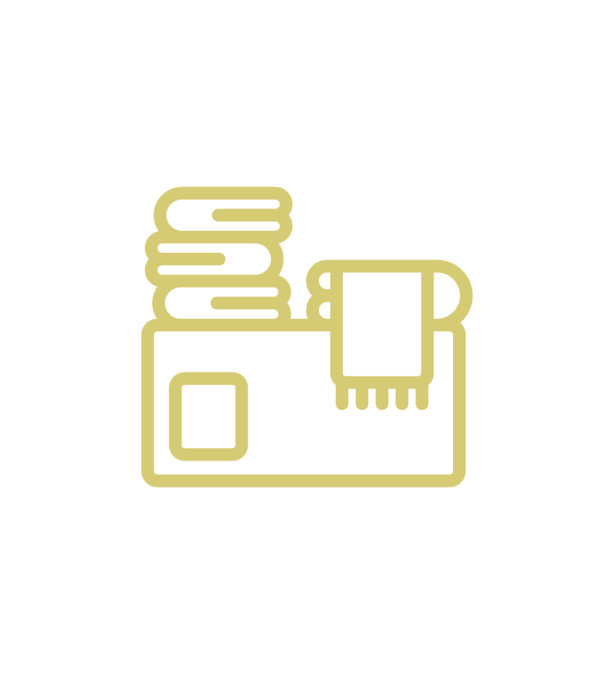The difference between bank balance and book balance

It provides individuals and businesses with an understanding of their financial resources. Bank account service charges might have been deducted from a company’s bank account throughout and at the end of the month. Those debits would not be recorded in the book balance until the month-end numbers are reconciled with the bank.

What is a bank statement?
In other words, the book balance represents a running tally of a company’s account balance when considering all transactions, some of which have yet to be reconciled through the bank account. Unfortunately, the basic money management task of balancing our checkbooks is not taught in most schools and usually not taught by our parents. If you’re just starting out on your own, or you have your first bank account, or you just never got in the habit of balancing your checkbook regularly, here are some easy to follow instructions for how to do it. Those fees can easily eat into your balance, potentially putting you in the red – and in debt to the bank. Due to this error, the cash book shows a lower bank balance compared to the bank statement. Sometimes after receiving a check from debtors, it is deposited at the bank but not recorded in the cash book (on the debit side of the bank column).
What is the source of cash book entries?

They credit the checking account and instead of debiting contractor expense account they credit the checking account. To find errors like these I go into the bank registery and select the filter and then choose no status and search. This will bring up all the transactions affecting the bank account that did not come through the bank feed like these mistaken entries. Reconciling bank balance and book balance is a must for accurate finances. Discrepancies can bring serious issues like wrong financial statements and possible legal problems. Comparing bank transactions and recorded book transactions helps identify errors or fraud, and allows quick action to fix the issue.
Role in Cash Flow Management

Record any pending transactions in your checkbook register, including both debits and credits, as well as checks you’ve written that have not cleared yet. Include the date of the transaction, a description of the transaction, and the amount. Some people like to use duplicate copy checks so they always have a record of who they issued a check to and for what amount. Although your bank processes thousands of transactions accurately, it can make mistakes, and you typically have only 60 days to inform bank balance book the bank of the error. If you don’t balance your checkbook monthly, you might not even find the error in 60 days.
- Our team of reviewers are established professionals with decades of experience in areas of personal finance and hold many advanced degrees and certifications.
- With credit card accounts the main problems are clients not knowing how to enter payments and cash back rewards not being entered correctly.
- Understanding why discrepancies occur and how to address them can prevent potential financial pitfalls.
- Most businesses ask for their bank statement at the end of each month.
- Deposits in transit are funds that have been received and recorded by the company but have not yet appeared on the bank statement.
- When an account holder issues a cheque, which the bank pays, the bank debits the account holder’s personal account.
- Yes, book balance can be negative if a company has more liabilities than assets recorded in its financial records.
- Doing reconciliations regularly stops potential issues and aids precise financial reporting.
- By comparing book and bank balance and spotting discrepancies fast, companies can guarantee correct financial reporting.
- A company can improve its book balance by properly managing its finances, accurately recording transactions, and regularly reconciling its bank and book balances to identify and address any discrepancies.
- It is maintained more or less along the same lines as a businessperson maintains their personal accounts for debtors and creditors.
- Balance, the last column shows ‘Cr.’ Alternatively, if the balance is a Dr. balance, the last column shows ‘Dr.’ An example of a typical bank statement is shown below.
- The term book balance, which is also used in the bank reconciliation is the amount shown in the company’s general ledger for the bank account.
This balance includes all deposits and withdrawals, regardless of if they’re cleared or not. Reconciling items, such as bank errors or timing differences, are then reviewed to ensure their impact on the book balance is accurately reflected. The net effect of these adjustments is calculated to arrive at the reconciled book balance, which forms a vital component in https://www.bookstime.com/ the preparation of financial statements.
- Ultimately, these challenges highlight the importance of robust systems and processes to ensure the reliability and trustworthiness of financial records.
- Reconciling the book balance with the bank balance is a fundamental practice that ensures the accuracy of a company’s financial records.
- When trying to get my book balance and bank balance to match its usually due to miscategorized transactions that the clients have entered wrongly causing a duplicate entry.
- Therefore, the bank credits the account holder’s personal account, and the entry appears in the Cr.
- If your checkbook doesn’t add up properly, you may need to backtrack farther.
- If the debit side of the cash book (bank column) is undercast, or if the credit side is overcast, the cash book will show less bank balance compared to the bank statement.
- The result would lead to a higher book balance than the bank balance.
This is the case when there are bank fees or electronic transfers on the bank statement that have not yet been recorded in the company’s general ledger accounts. For example, the bank statement may reveal that a bank service charge was withdrawn from the account on the last day of the month. Reconciling bank balance and book balance is also key for financial planning and budgeting. Accurate financial records enable businesses to forecast future cash flows well, make strategic investments, and plan for possibilities.
Do you already work with a financial advisor?
However, there are several scenarios when the book balance can differ from a company’s bank balance. Book balance and bank balance may differ as book balance includes all recorded transactions, while bank balance only reflects the amount of funds available in a company’s bank account at a specific time. Unauthorized transactions, whether through check fraud or unauthorized electronic transfers, can create unexpected differences between the book and bank balances. Regular monitoring of bank statements and implementing robust internal controls can help detect and prevent such fraudulent online bookkeeping activities. Discrepancies between book balance and bank balance can arise from a variety of sources, often leading to confusion and potential financial mismanagement if not properly addressed. One common cause is human error, which can occur during data entry or transaction recording.
Comparing the Bank Balance and Book Balance

Bank balance, however, is the actual amount of money in an account from the bank’s view. It considers all cleared transactions like deposits, withdrawals, and fees. Figure out your current balance in checking, which your bank may list as your available or ending balance. You should be able to find this amount by checking using your online or mobile banking app. Log this amount at the top of your checkbook register in the space indicated. For instance, some people may choose not to record the pennies on the checks they write.
A company can improve its book balance by properly managing its finances, accurately recording transactions, and regularly reconciling its bank and book balances to identify and address any discrepancies. This surplus of funds is crucial for asset management as it provides a solid foundation for the company to make strategic investment decisions and pursue growth opportunities. In terms of financial reporting, a positive book balance ensures compliance with financial regulations, contributing to the company’s overall financial compliance. Cash book is used to record all transactions for cash, checks, money orders, or postal order while a bank statement is the list of entries to each account holder that have been made in their personal account. The financial review process involves a detailed examination of income statements, balance sheets, and cash flow statements to identify discrepancies and rectify any errors. The reconciliation process enables the comparison of internal records with external statements, thus ensuring the financial integrity and compliance with accounting policies.
















